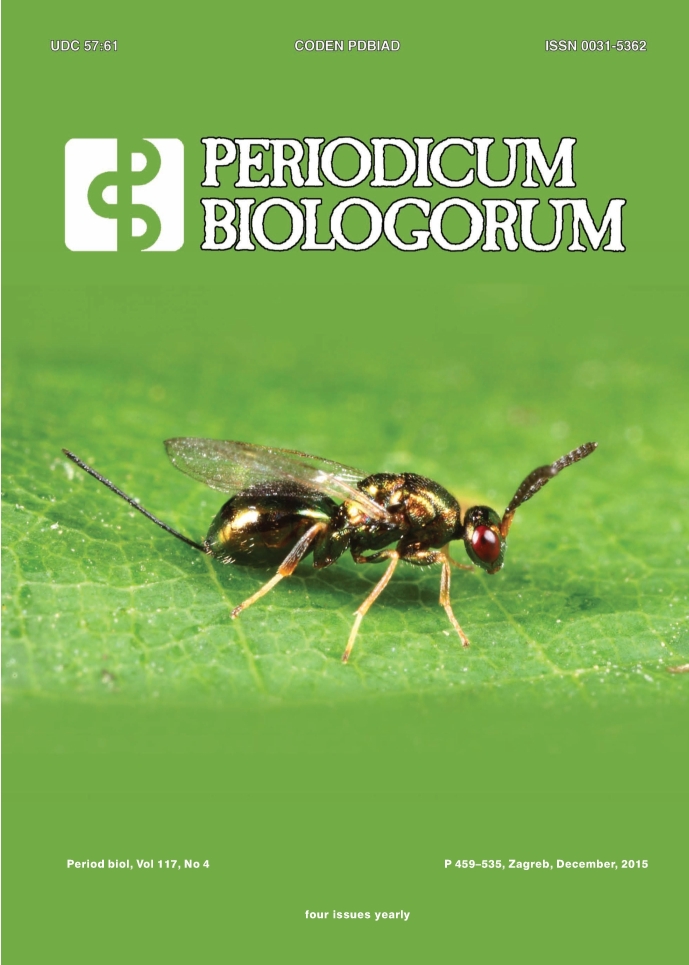The impact of artificial mycorrhizal inoculation on the growth of common oak seedlings and development of mycorrhiza: inoculation may not positively affect growth of seedlings
DOI:
https://doi.org/10.18054/pb.v117i4.3839Abstract
Background and Purpose: This study evaluated the effect of the VAMBACã mycorrhizal inoculum on the growth and mycorrhizal characteristics of Quercus robur seedlings.
Materials and Methods: The oak seedlings soaked in an inoculum containing mycorrhizal fungi were planted on six study plots. The non-inoculated seedlings were planted on control plots. Two-year-old plants were evaluated at three of the plots, while 9-to-10-year-old plants were evaluated at the remaining three plots. Seedlings’ above-ground height, main root length, root dry mass, above-ground dry mass and stem diameter were evaluated. For five plants, mycorrhizal characteristics (the density of active and inactive mycorrhizae and the proportion of active mycorrhizae) were also evaluated in the laboratory.
Results and Conclusions: Inoculated seedlings demonstrated significantly higher proportion of active mycorrhizae in all plots as well as a higher density of active mycorrhizae only on some studied plots when compared to control. Among growth characteristics, inoculated seedlings demonstrated higher values for all evaluated variables. The most striking differences were observed in stem diameter, which was significantly different for all young stands and for one plantation. For the remaining growth characteristics, inoculated and control seedlings displayed significant differences only on some plots. These results showed that artificial mycorrhizal inoculation can be used in forestry practice, but its effects may not always be necessarily positive.
Downloads
Published
Issue
Section
License
The contents of PERIODICUM BIOLOGORUM may be reproduced without permission provided that credit is given to the journal. It is the author’s responsibility to obtain permission to reproduce illustrations, tables, etc. from other publications.


